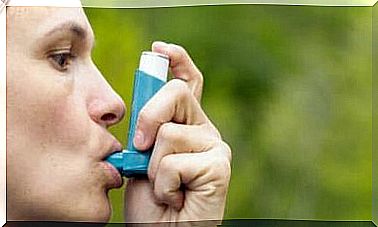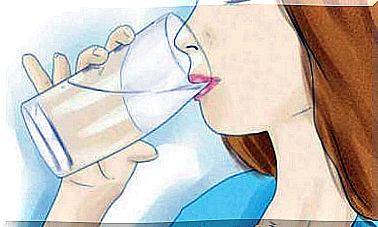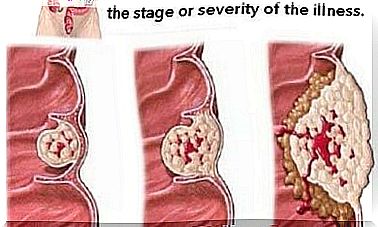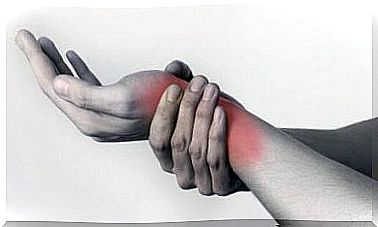Sports Hernia: Causes, Symptoms And Treatment
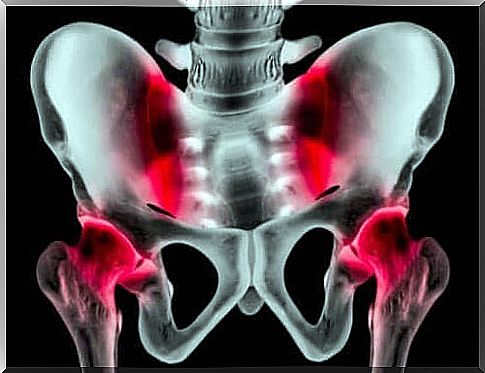
Sports hernia , with the scientific name athletic pubalgia, is a problem that affects the groin region. It is known by a variety of names, such as “groin injury”, “hockey hernia”, “hockey groin”, “Gilmore’s groin” or “groin hernia”.
But the condition is best known as sports hernia, which is due to the fact that for the most part, athletes suffer from it because they exert themselves physically. It is especially common in athletes who perform exercises that require multiple repetitions or changes in direction or pace.
In this article you will find the causes of this condition, its signs and symptoms and the best way to deal with it.
Causes
Sports hernia occurs due to overload of muscles after repeated and continuous movements. For this reason, it usually occurs in people who play sports.
However, there are some risk factors you need to keep in mind to try to prevent this condition as much as possible.
Here are some of them:
- Poor physical preparation. If you are not in good shape due to a sedentary lifestyle, you may be affected by sports hernia when you decide to start playing sports or exercising.
- Not enough warm-up time. One way to reduce the risk of this condition is to warm up your muscles properly before exercising or playing a sport. Doing it fast and in the wrong way can lead to sports hernia. Therefore, take good time to warm up.
- Anatomical features. Groin trauma or physical condition may increase the risk of suffering from this disorder.
When it comes to choosing a sport, it is important to check these aspects (especially anatomical features) so that you do not choose one that makes you suffer from many of the symptoms of sports hernia.
Also read: Five healthy sports to try
Symptoms of sports hernia
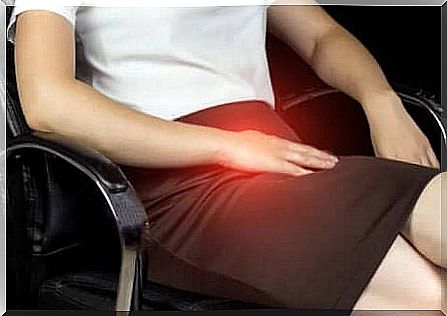
Sports hernia is characterized by intense pain in the hip area, which can lead to movement difficulties.
It is quite uncomfortable to suffer from this condition. Its most characteristic symptoms are pain in the groin and pubic area that can spread to the adductor muscles and lower abdomen.
This is how the symptoms of sports hernia develop:
- Pain before or after physical exercise. This is the first warning sign that should not be confused with delayed muscle soreness or poor posture. The pain may be mild and usually goes away again.
- Intense discomfort when playing sports. After the first phase, pain manifests itself during exercise. The pain can be so intense that you have to stop.
- Restricted movements. In this phase, you will feel pain even when you are not exercising or playing sports. The problem is that at this point you will notice that your movements are limited to some degree.
As you can see, the pain develops and warns that there is muscle weakness. The way to solve this is by starting proper treatment.
Also read: 3 situations where you should avoid playing sports
Treatment of sports hernia
There are different treatment options for this condition, depending on the stage it is in.
Here are some of them:
- Strength and stretching exercises. They help strengthen the muscles involved in sports hernia. These exercises will be part of the rehabilitation program, which will include physiotherapy, osteopathy and electrostimulation.
- Anti-inflammatory drugs. If the pain is severe and causes interruptions in sports, these drugs are used to relieve pain.
- Specific warm-up exercises. People suffering from sports hernia should perform specific warm-up exercises to prevent this problem from becoming chronic.
- Surgery. If your case is severe, your doctor may recommend surgery to reduce the pressure in the area and relieve pain.
As you have seen, this is a common problem in athletes. Therefore, if you play sports, we recommend that you go to your doctor if you feel any pain in the groin. Early diagnosis allows you to treat this condition, which can prevent severe and disabling pain.

